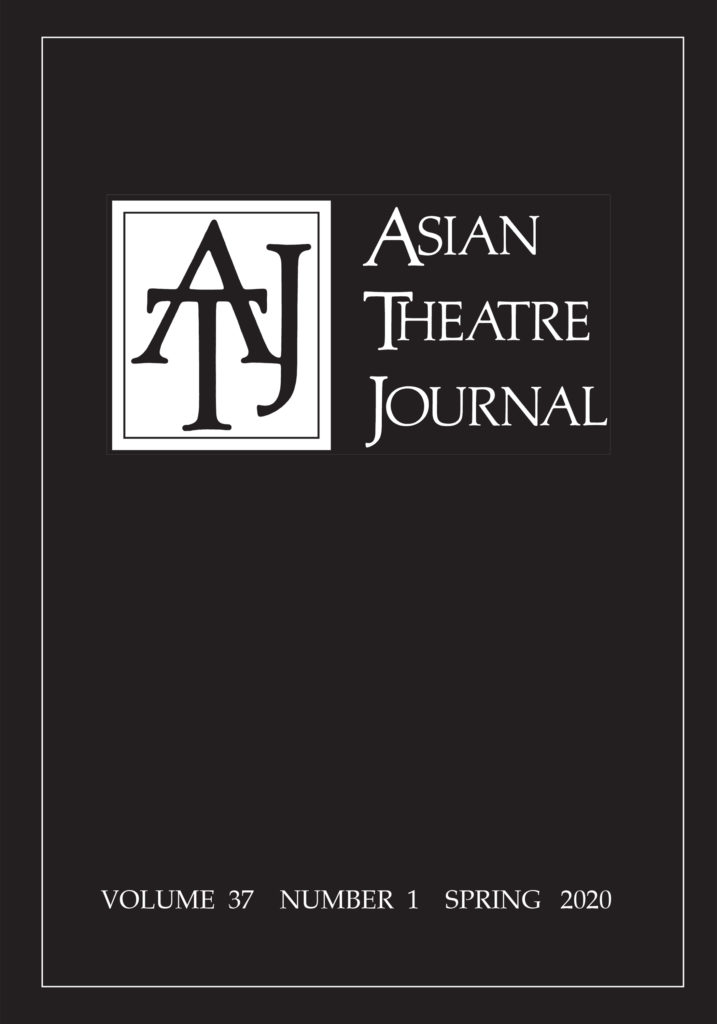
Asian Theatre Journal
The Field of Ramila, guest edited by Pamela Lothspeich
Volume 37, Issue 1 (2020)
This special issue is intended to briefly introduce the field of Ramlila, as a performance practice and as an idea. It is designed to give a taste of its geographic range and a sample of its multiple and diverse manifestations in India and the Indian diaspora. The Introduction briefly discusses the literary sources of Ramlila, its history, chief styles, and emerging trends. It also includes a synopsis of the story of Ram in Ramlila. Following this, a translation of three scenes from the Lav-Kush Ramlila in Old Delhi, with a critical introduction, sheds light on the mounting politicization of Ramlila by the Hindu Right. Two articles, one on Nautanki and one on Ramayan Gaan, illustrate that Ramlila is a form of theatre very much in dialogue with other forms of popular performance in the Hindi belt and along its linguistic borders, narratively, aesthetically, and ideologically. A review-essay of two documentaries and an interview with an expert on Kumaoni Ramlila further demonstrate the diversity of Ramayan-themed performance, despite the continued homogenization and commercialization of Ramlila. An article on a distinctive Ramlila in Trinidad and another in the United States (North Carolina) speak to the global reach of Ramlila, and its important role in “homemaking.” Finally, a report on a festival to commemorate a Ramayan-themed dance drama (wayang wong) at Prambanan recalls the Ramayan’s early journey from South to Southeast Asia.
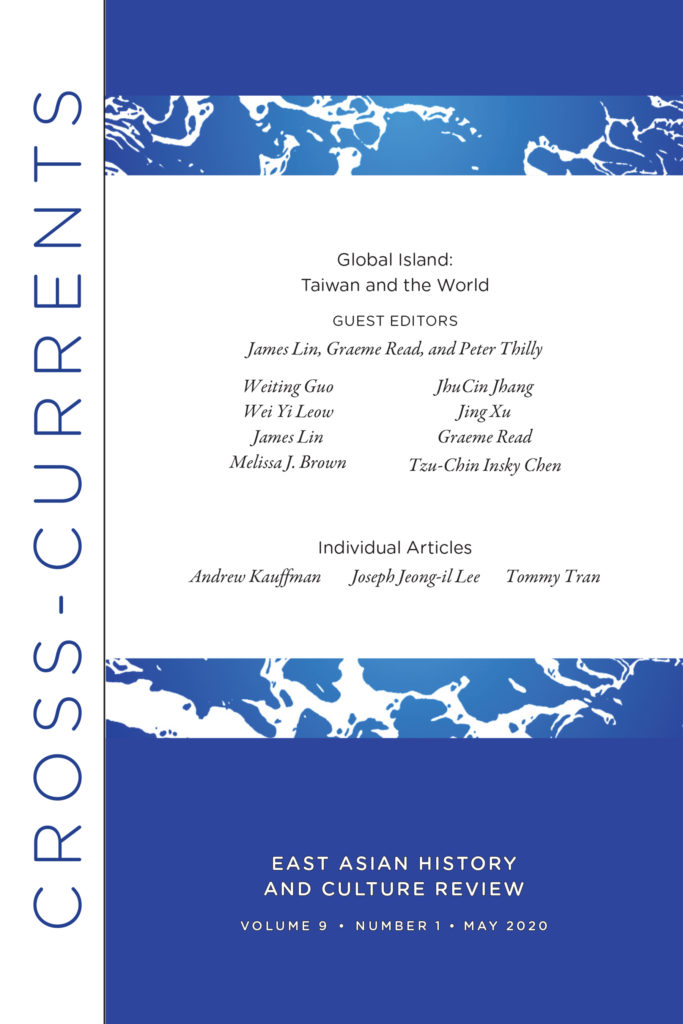
Cross-Currents: East Asian History and Culture Review
Global Island: Taiwan and the World, guest edited by James Lin, Graeme Read, and Peter Thilly
Volume 9, Issue 1 (2020)
In October 2018, the University of Washington Taiwan Studies Program hosted a workshop featuring a wide range of diverse humanities and social science research centered on the theme of “Global Island: Taiwan and the World.” The impetus for the workshop was to reimagine Taiwan outside the traditional confines of comparative and cross-Strait studies that have predominated in academic research on Taiwan. The articles that emerged from the workshop and have been assembled in this issue instead understand Taiwan as an actor embedded within global networks and spaces or, alternatively, as a unique site or producer of globally circulating knowledge. At a time when Taiwan studies is gaining increased visibility, exploring Taiwan’s linkages to the greater world showcases underexplored facets of Taiwan and the potential contributions of this field to interdisciplinary studies of society and culture.
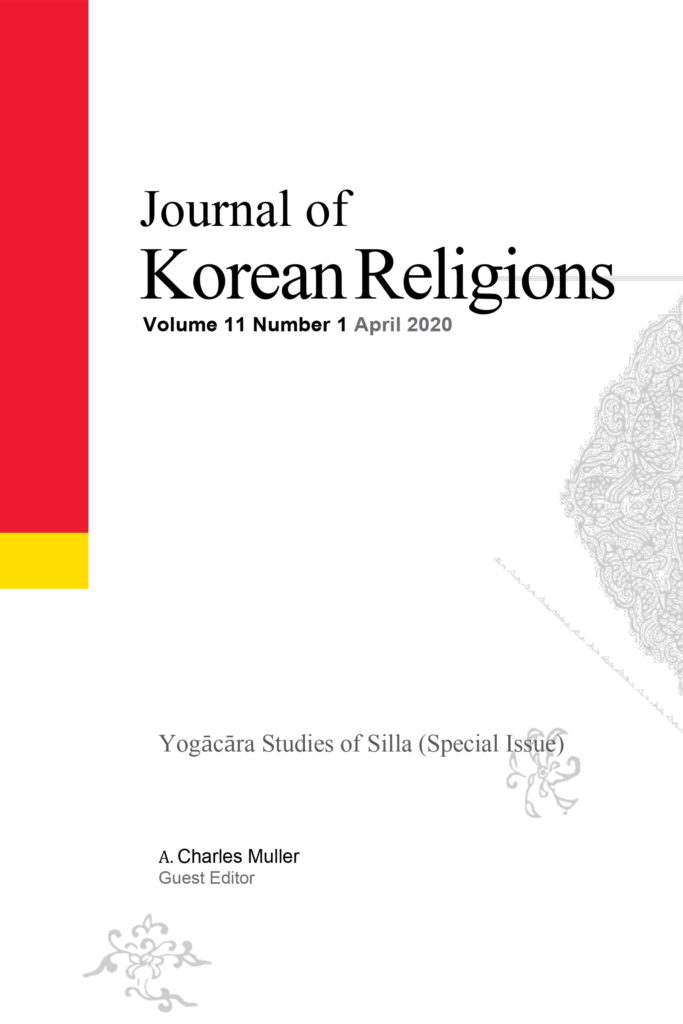
Journal of Korean Religions
Yogācāra Studies of Silla, guest edited by A. Charles Muller
Volume 11, Issue 1 (2020)
One area in particular wherein interest in Korea has been relatively strong since earlier days is that of Silla-period Buddhist scholarship. Within Silla scholasticism, one of the most influential areas has been that of Yogācāra and related studies—which in Korea, tends to include much of what is usually categorized as the Buddhological strain of Tathāgatagarbha. Silla-period scholars were in close contact with their Chinese colleagues on the mainland, reading and writing the same Sinitic script. They had ready access to newly composed texts and translations soon after their production in Chang’an and elsewhere, and they were intimately aware of all of the most pertinent doctrinal discussions and debates occurring in the Tang capital and its surroundings, and were deeply engaged in all of these. One of Silla’s own sons, Wŏnch’ŭk 圓測 (613–696), was situated in the Tang capital and was working directly with Xuanzang and his team, although sometimes not seeing eye-to-eye with other of Xuanzang’s followers, such as Kuiji 窺基 (632–682). Other Silla scholars, such as Chajang 慈藏 (sixth-seventh centuries) and Ŭisang 義湘 (625–702) (just to name a few of the better-known figures) went to Tang for serious and sustained study, making their own mark, and bringing their new knowledge home to the peninsula.
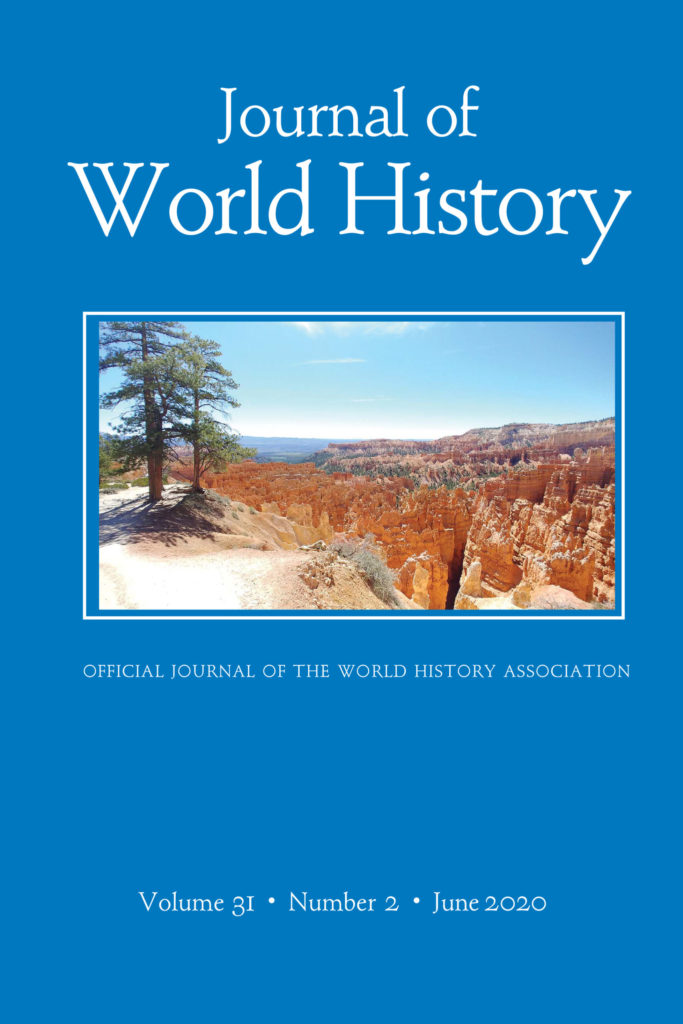
Journal of World History
Volume 31, Issue 2 (2020)
Research articles for this issue include:
- The Prestige Makers: Greek Slave Women in Ancient India by Kathryn A. Hain
- The Medieval Origin of the Factory or the Institutional Foundations of Overseas Trade: Toward a Model for Global Comparison by Louis Sicking
- Between the Red Sea Slave Trade and the Goa Inquisition: The Odyssey of Gabriel, a Sixteenth-Century Ethiopian Jew by Matteo Salvadore
- Greatness is Like a Rubbish Hole: Social Frictions and Global Connections in the Early-Swahili World by David Bresnahan
- How Civic Virtue Became Republican Honor: Revolution and Republicanism in Venezuela, 1800–1840 by Reuben Zahler
- Decolonizing Global History? A Latin American Perspective (Open Access) by Gabriela De Lima Grecco, Sven Schuster





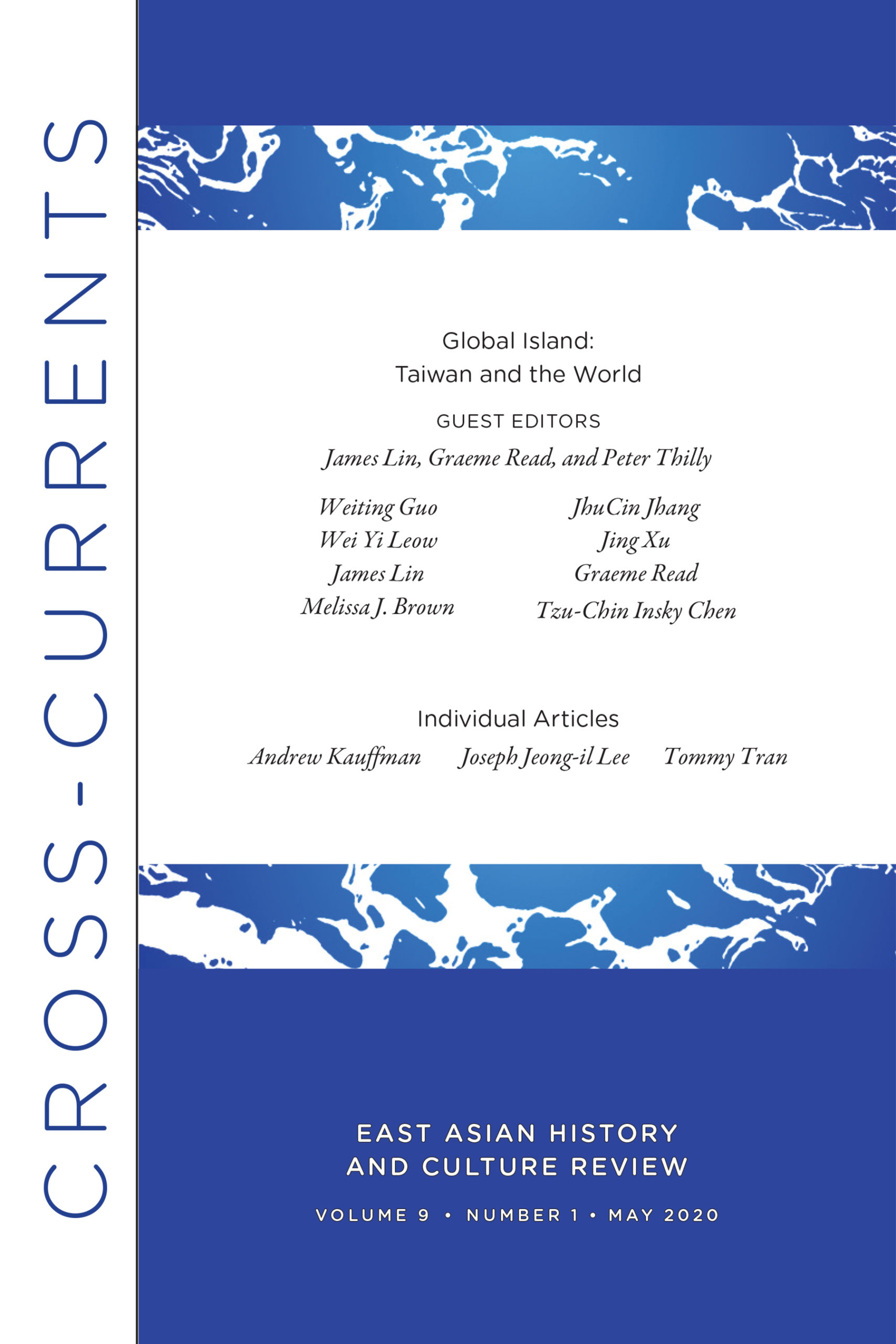
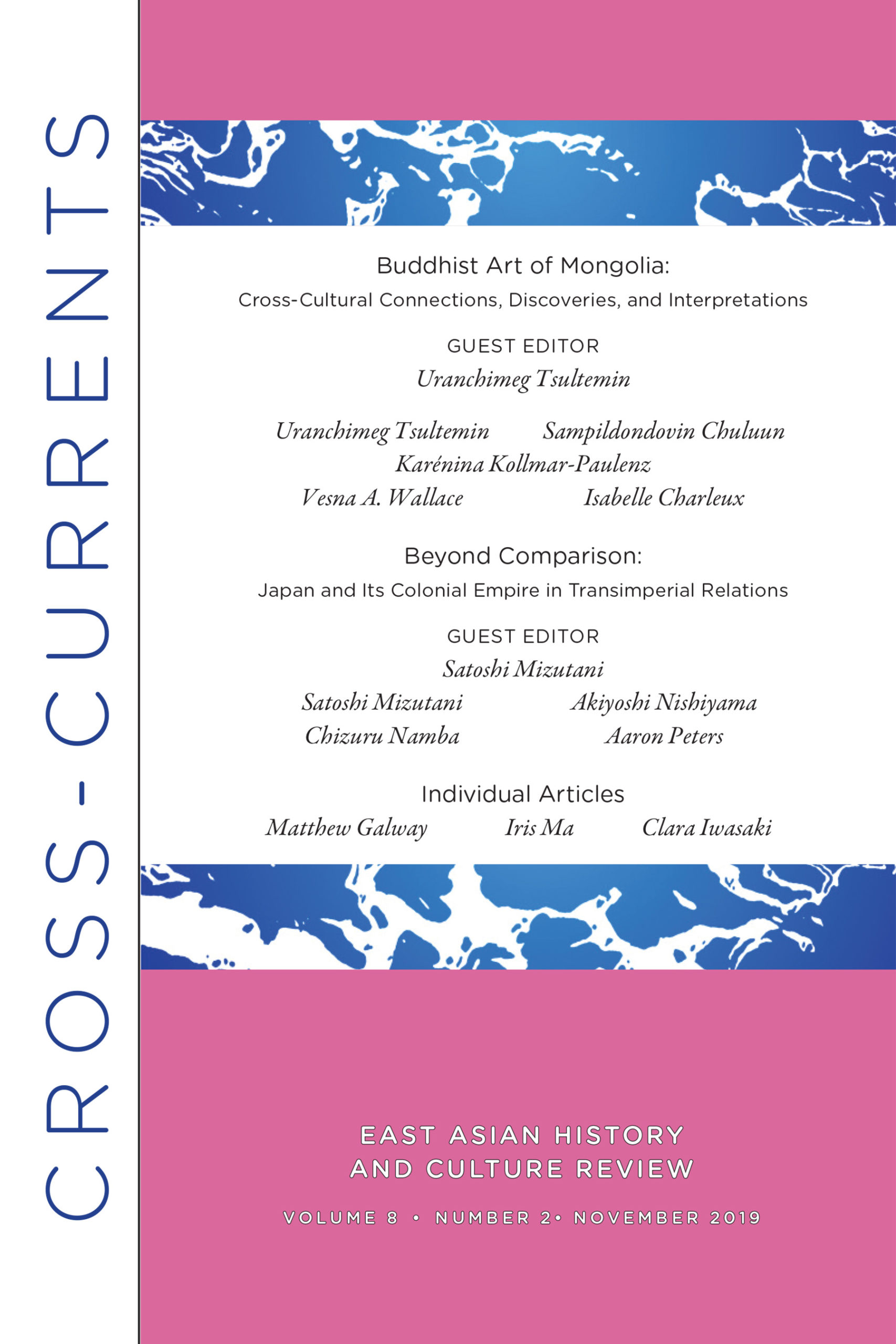
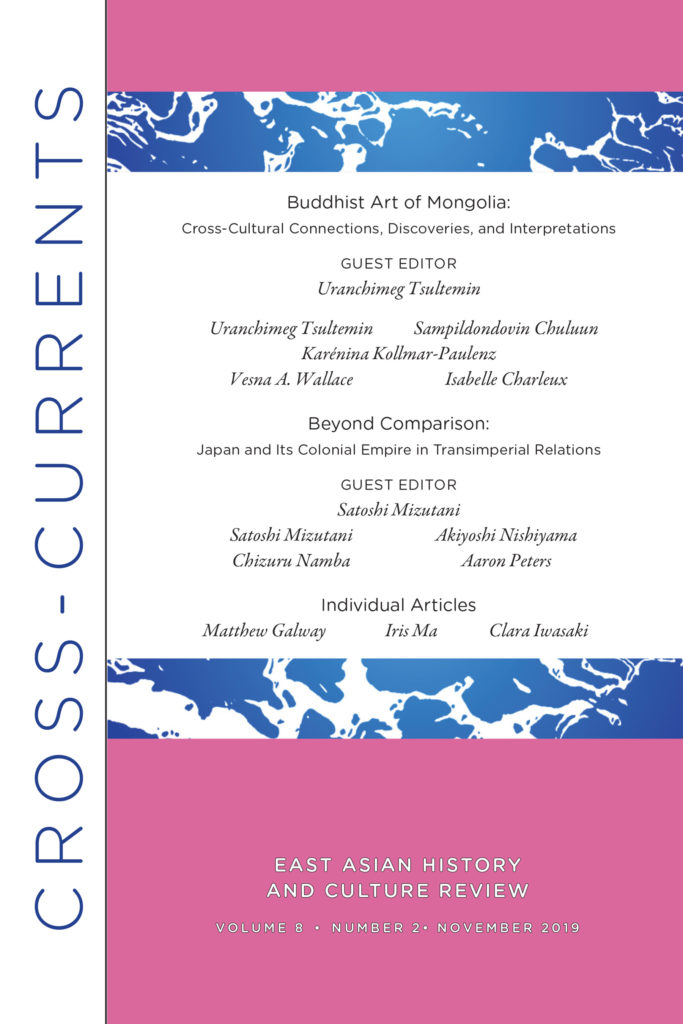
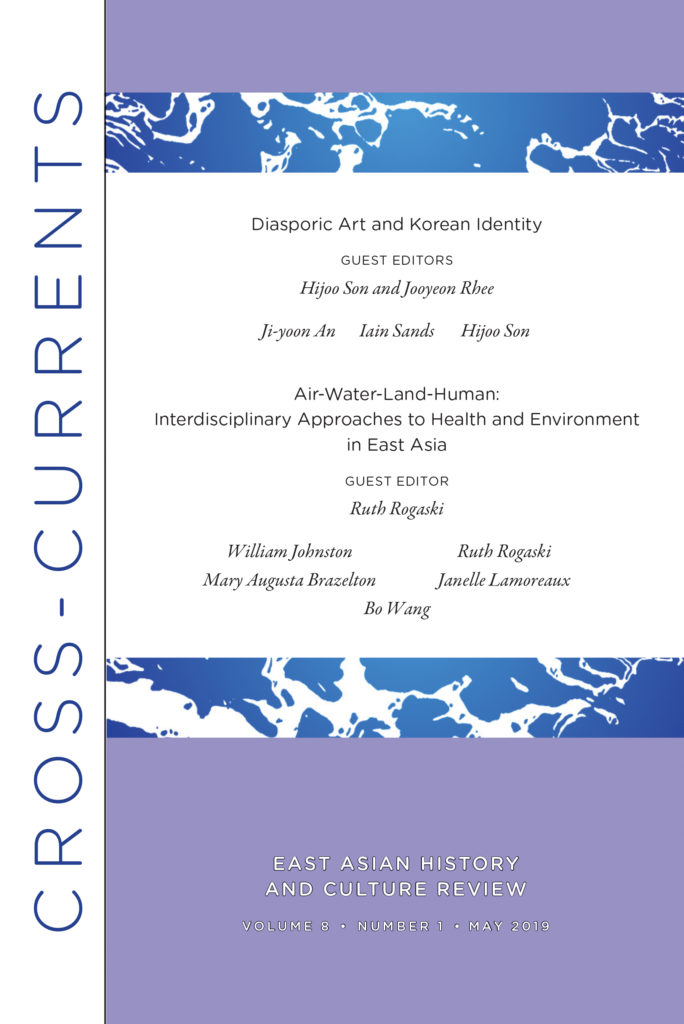
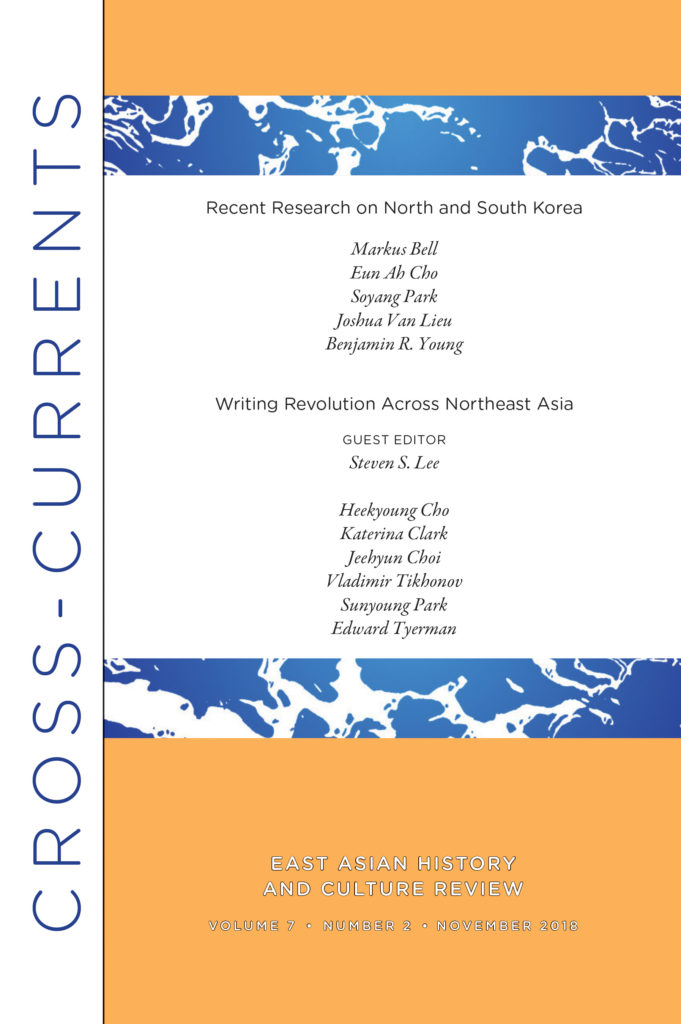
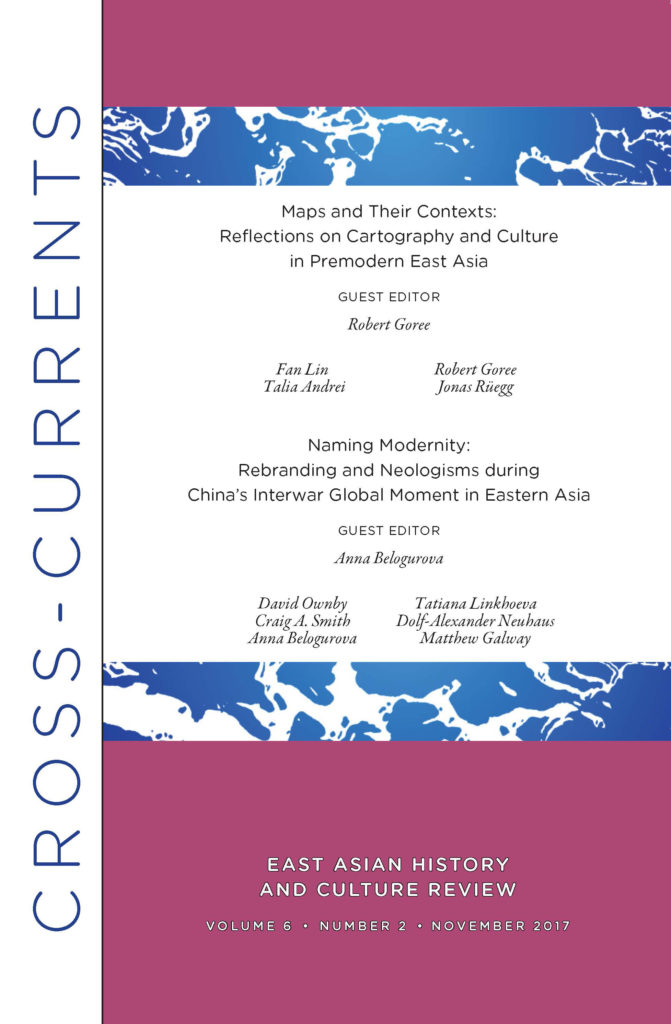
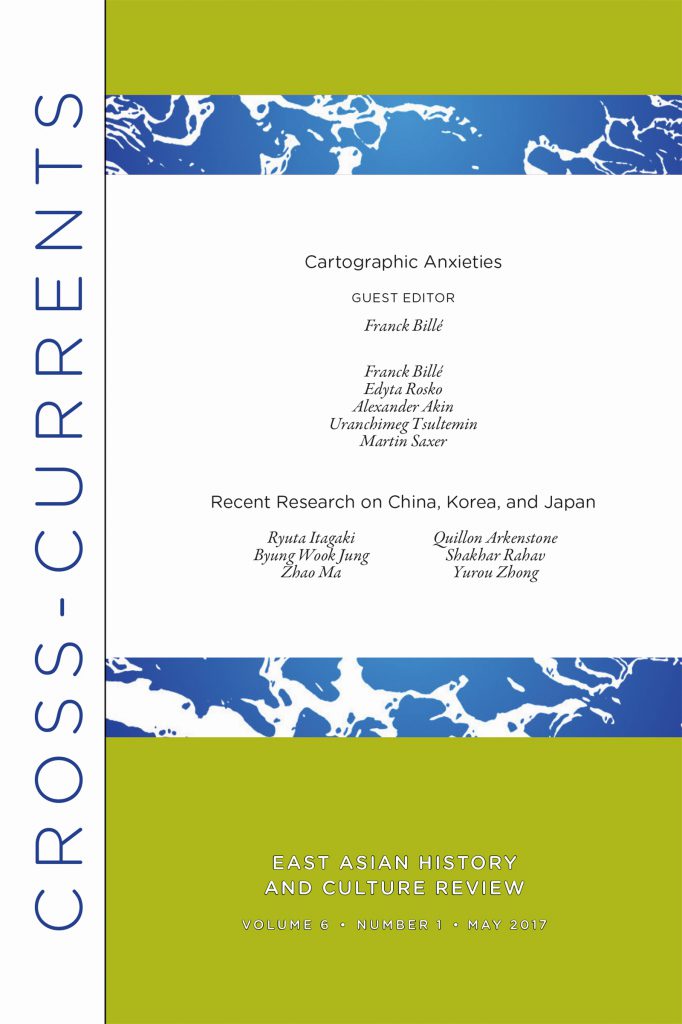
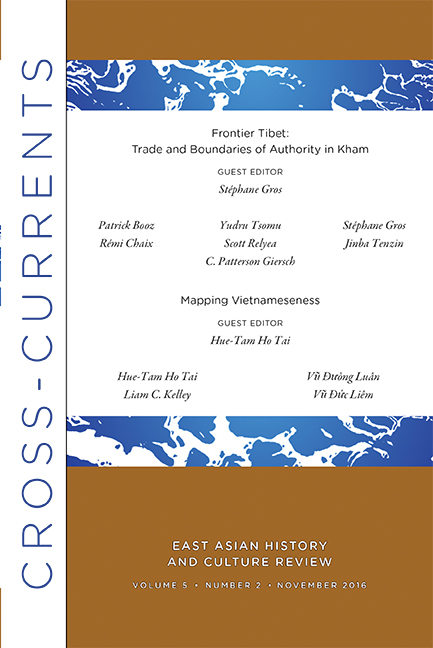
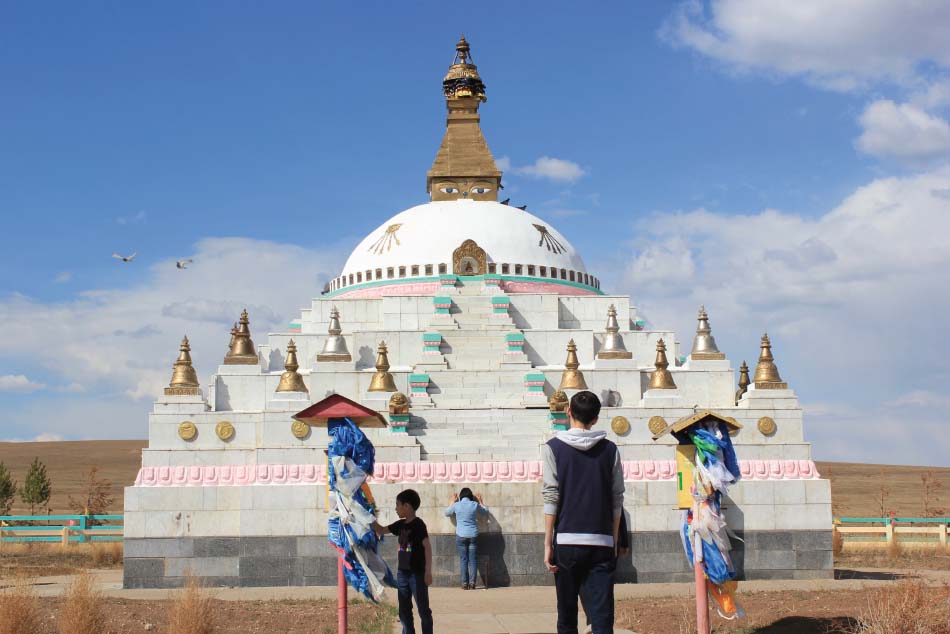
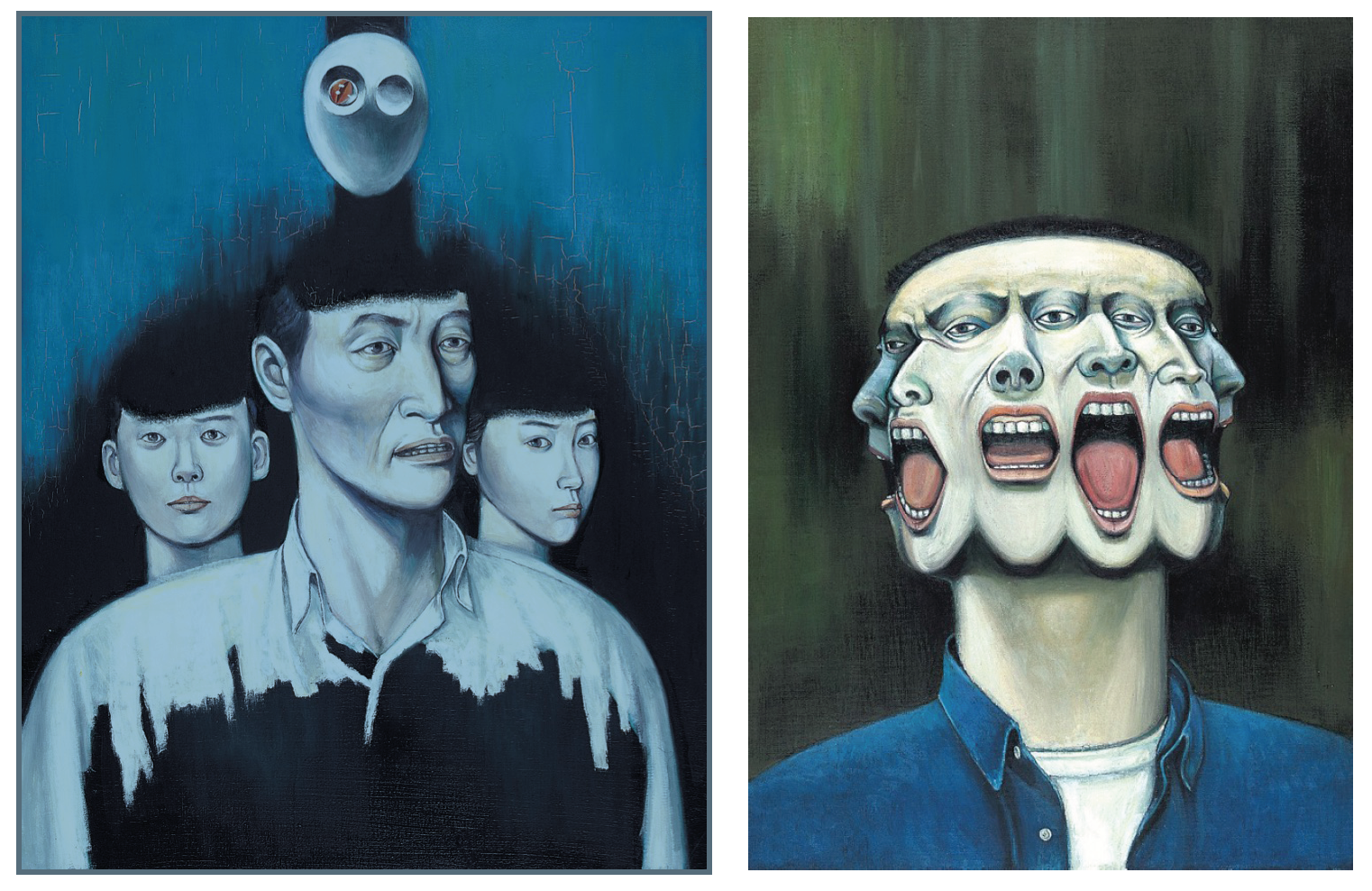

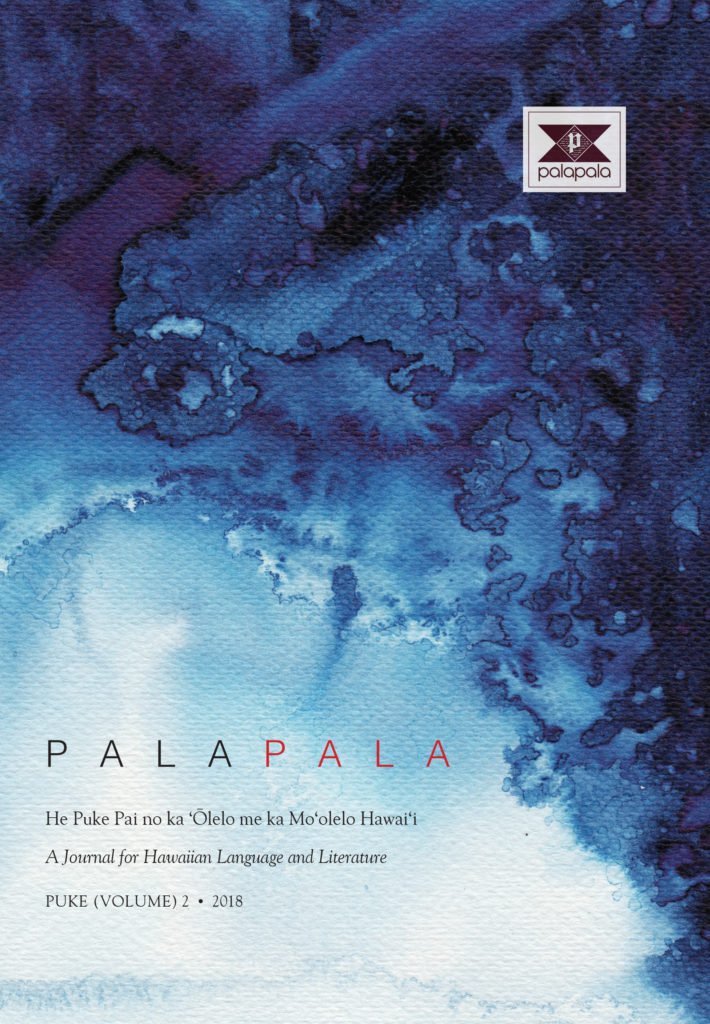
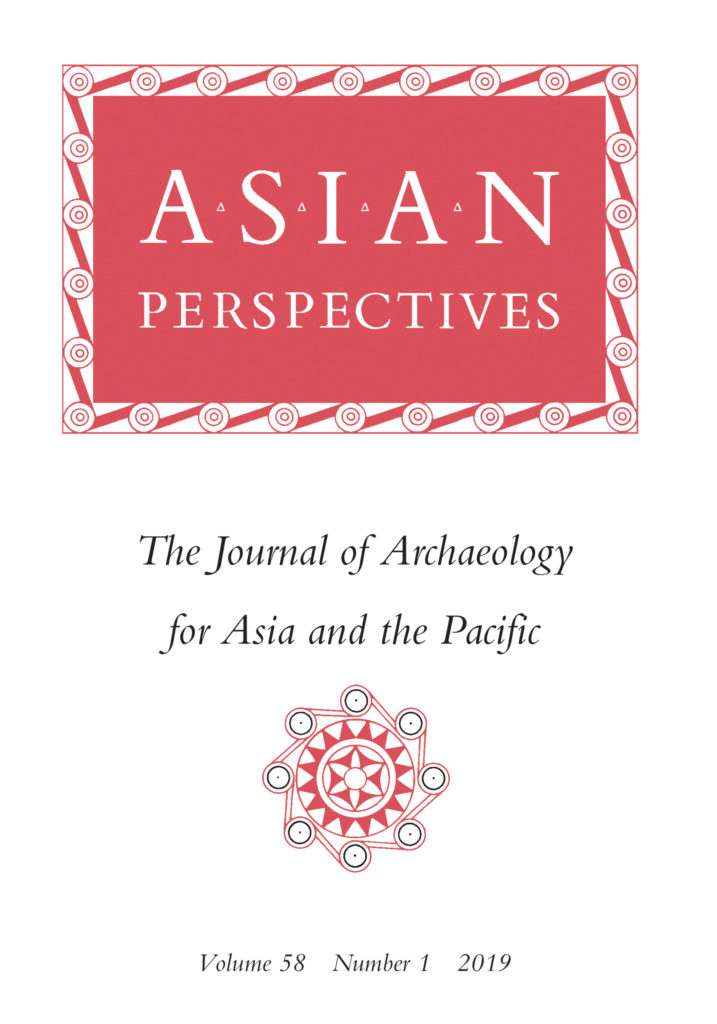
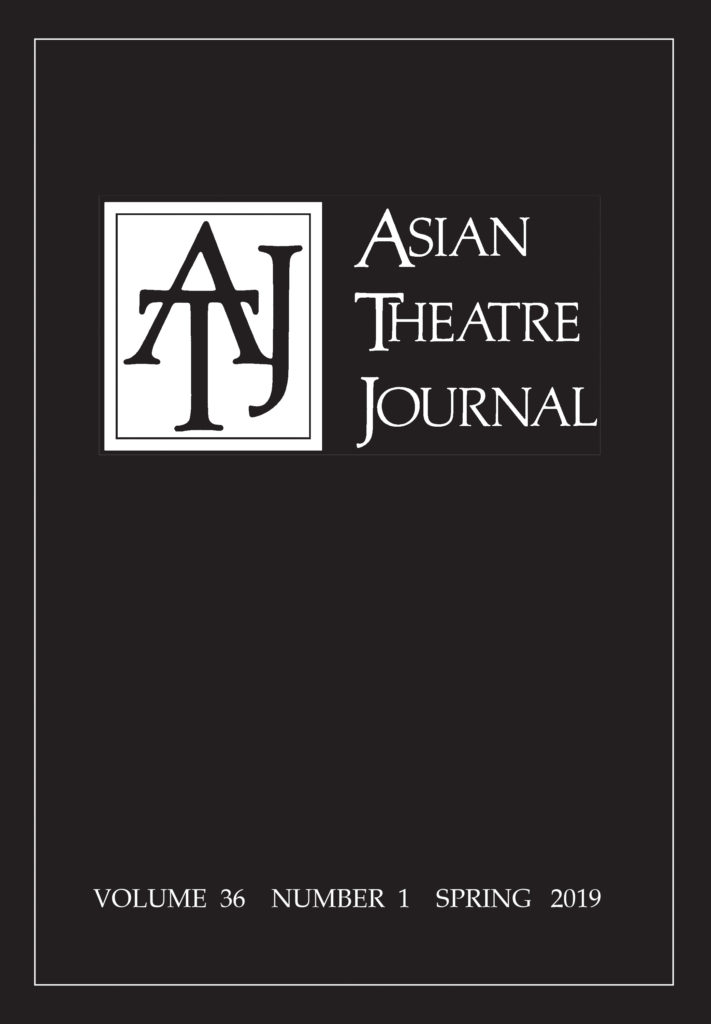
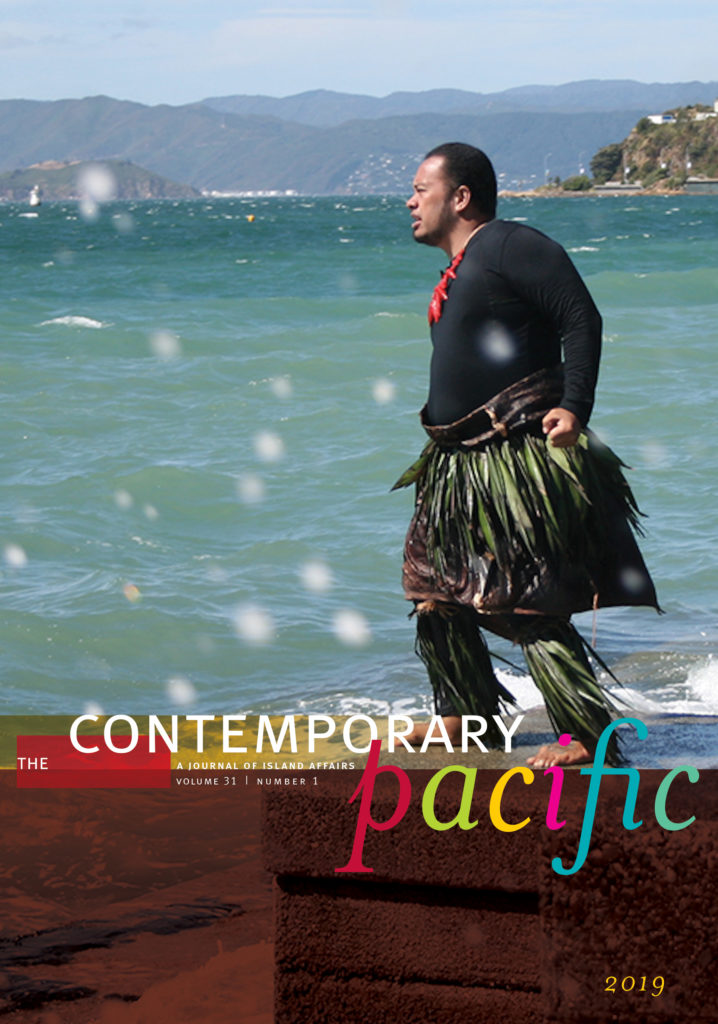
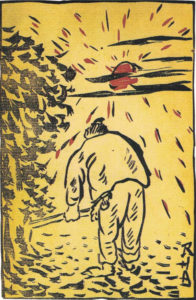
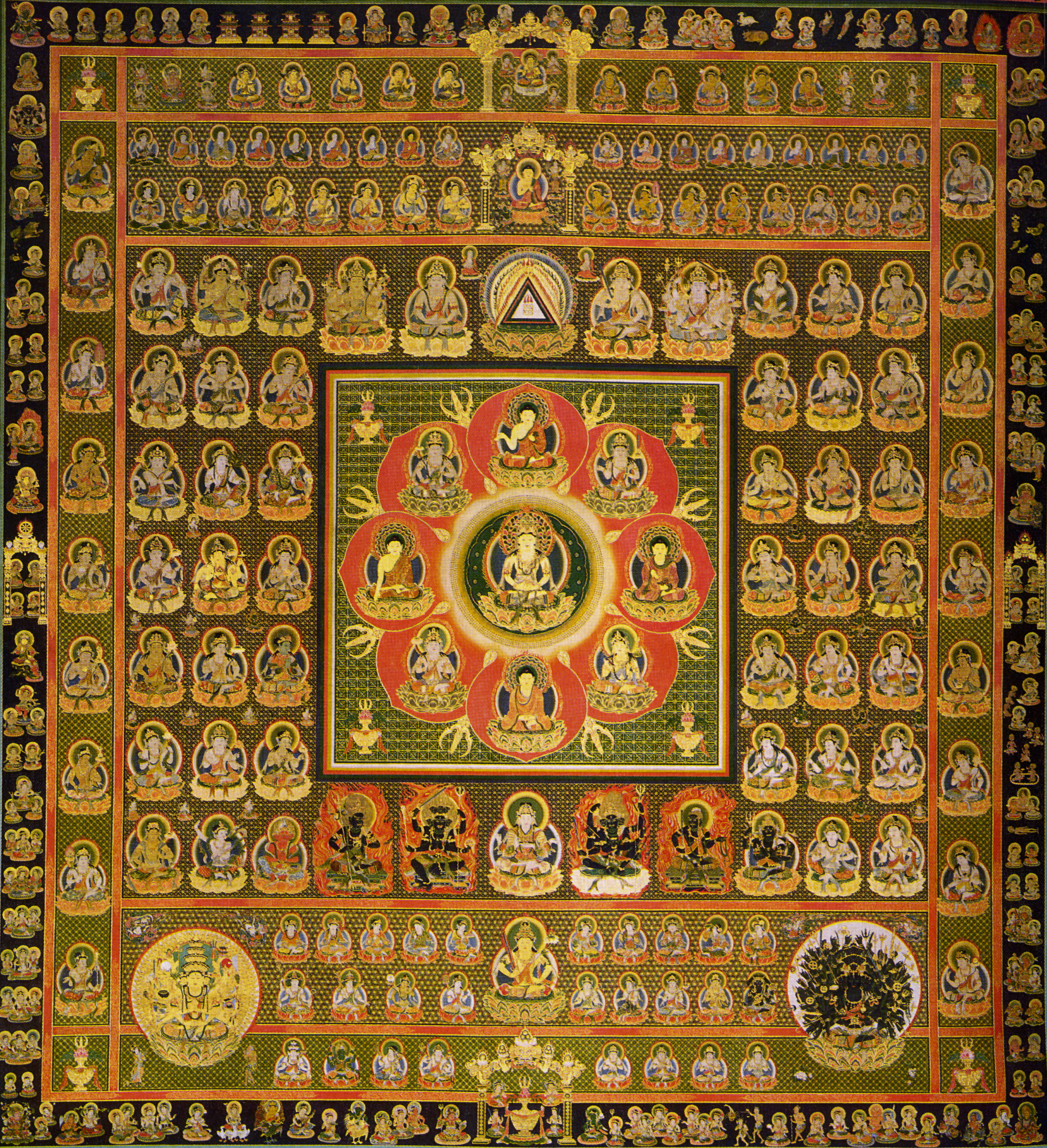
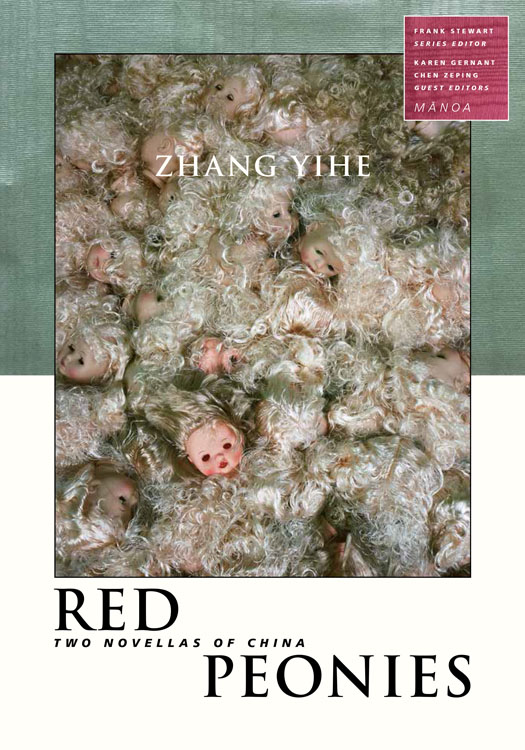

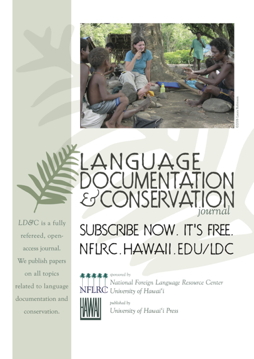

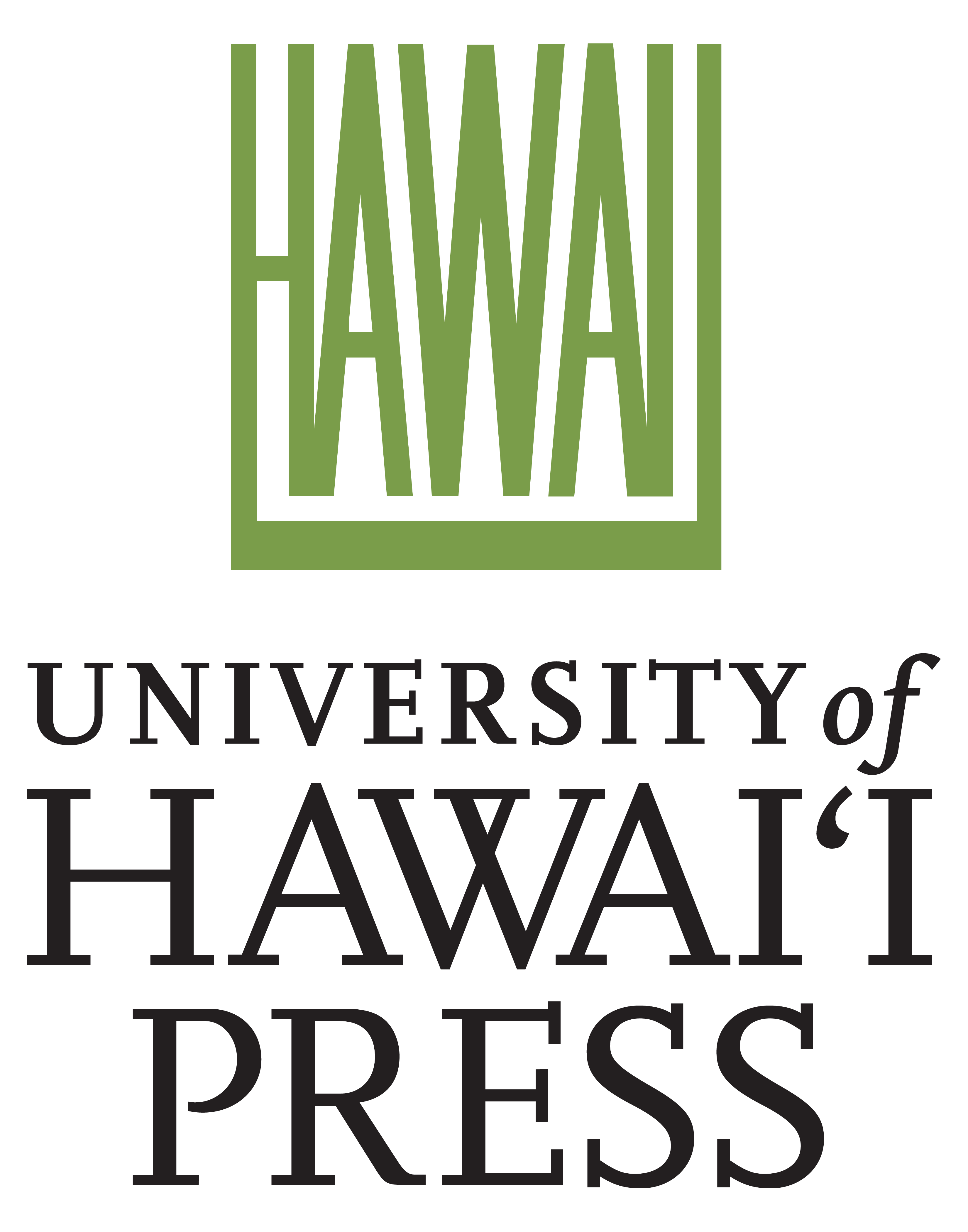 Established in 1947, the University of Hawai`i Press supports the mission of the university through the publication of books and journals of exceptional merit. The Press strives to advance knowledge through the dissemination of scholarship—new information, interpretations, methods of analysis—with a primary focus on Asian, Pacific, Hawaiian, Asian American, and global studies. It also serves the public interest by providing high-quality books, journals and resource materials of educational value on topics related to Hawai`i’s people, culture, and natural environment. Through its publications the Press seeks to stimulate public debate and educate both within and outside the classroom.
Established in 1947, the University of Hawai`i Press supports the mission of the university through the publication of books and journals of exceptional merit. The Press strives to advance knowledge through the dissemination of scholarship—new information, interpretations, methods of analysis—with a primary focus on Asian, Pacific, Hawaiian, Asian American, and global studies. It also serves the public interest by providing high-quality books, journals and resource materials of educational value on topics related to Hawai`i’s people, culture, and natural environment. Through its publications the Press seeks to stimulate public debate and educate both within and outside the classroom.